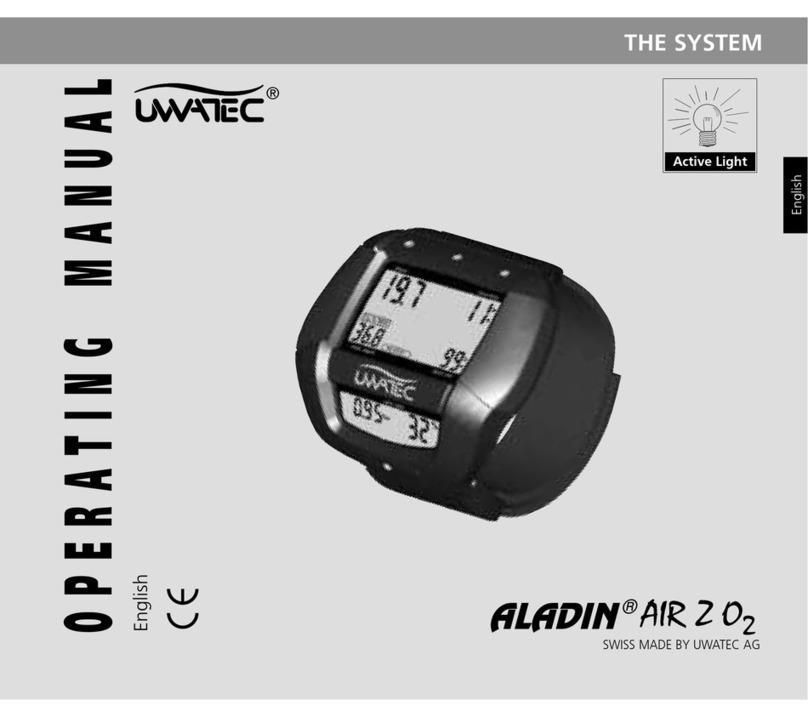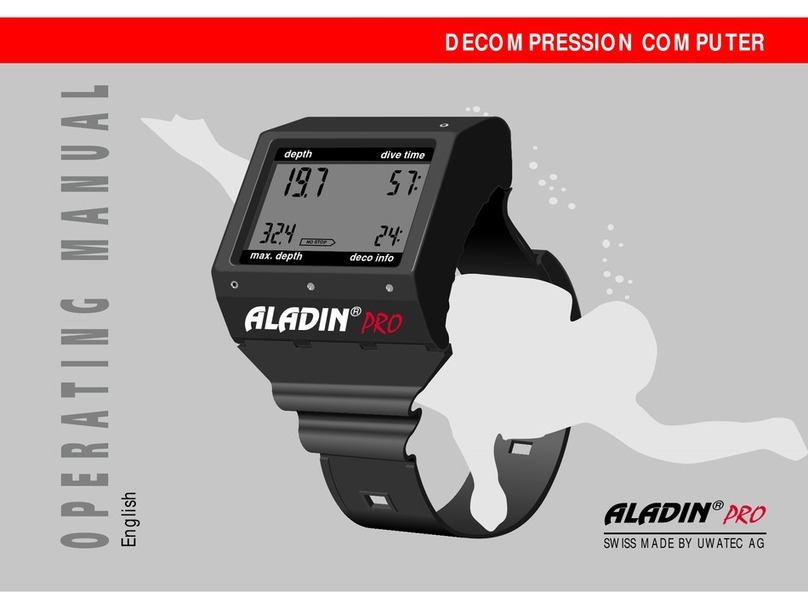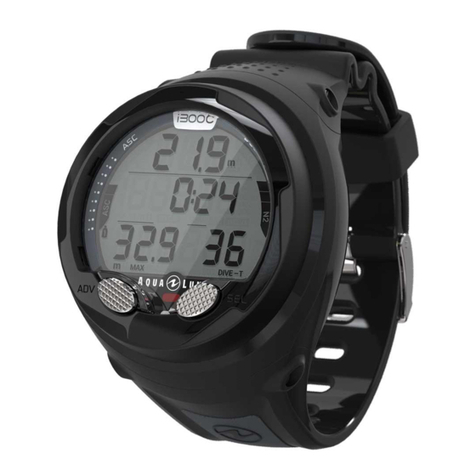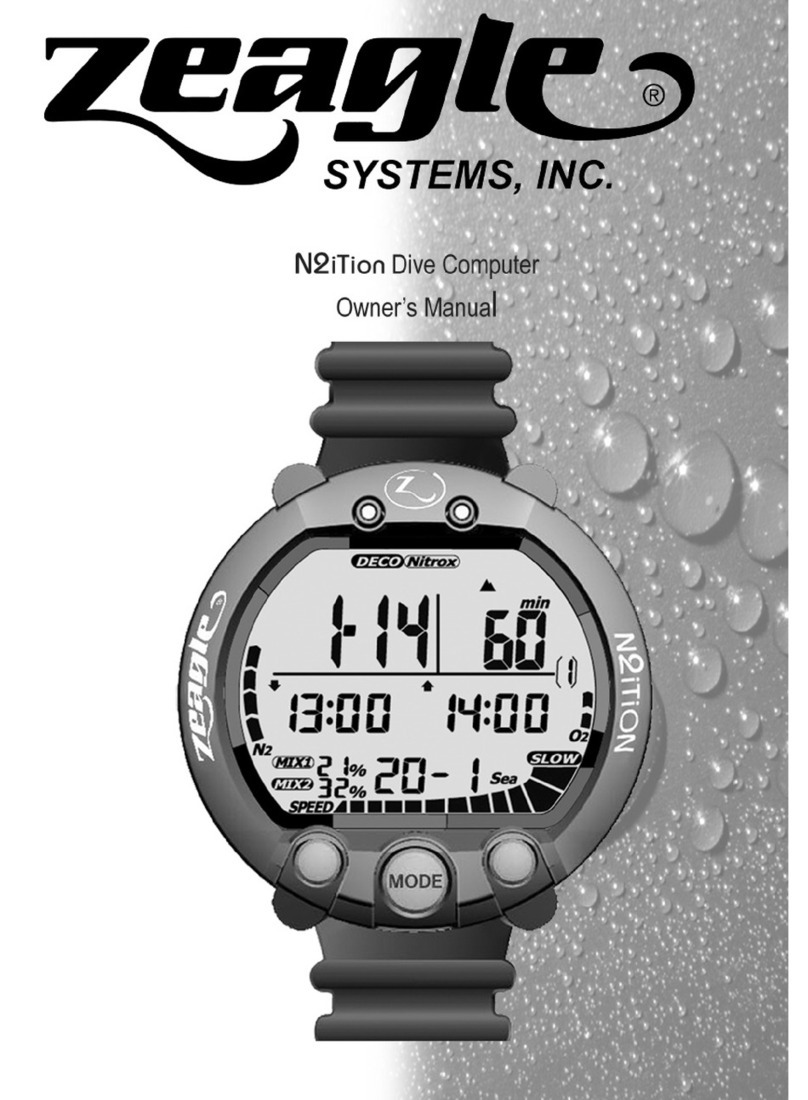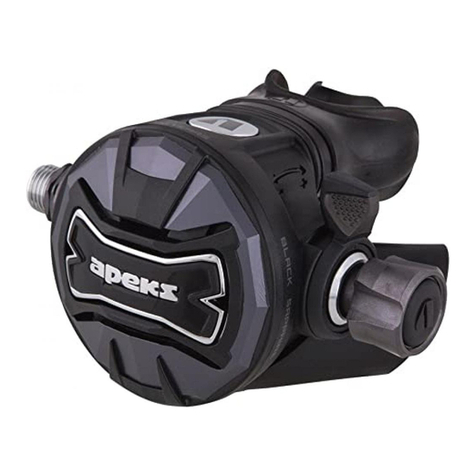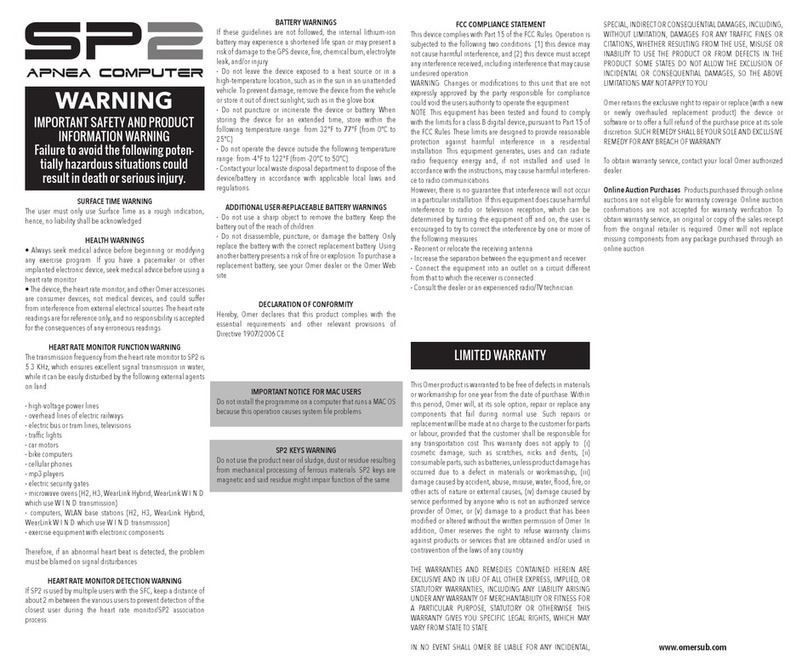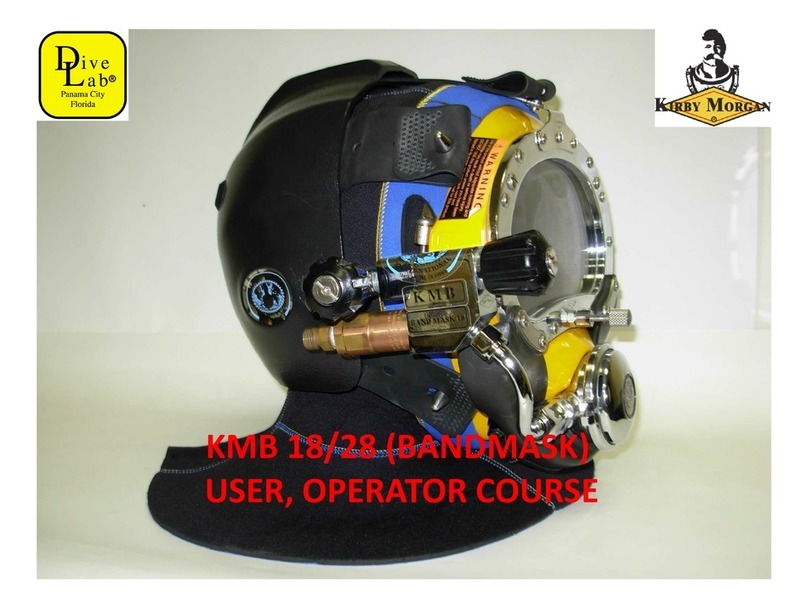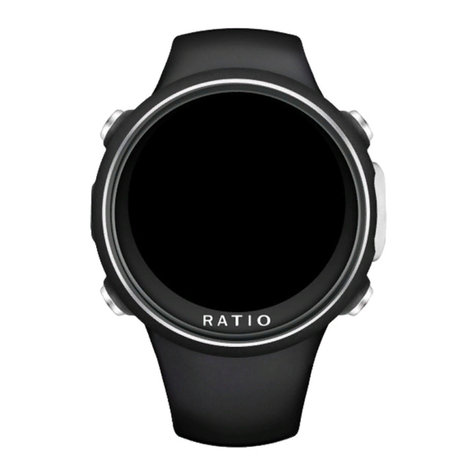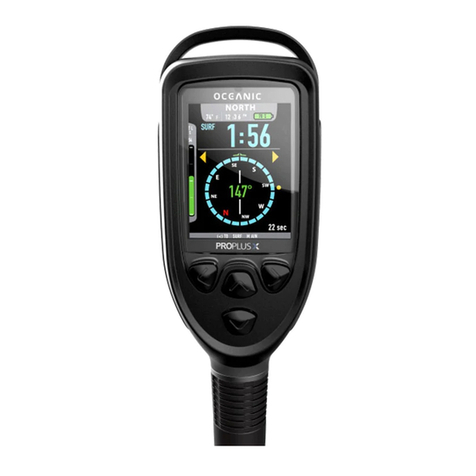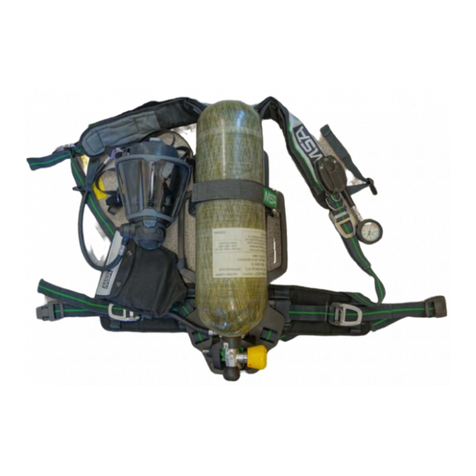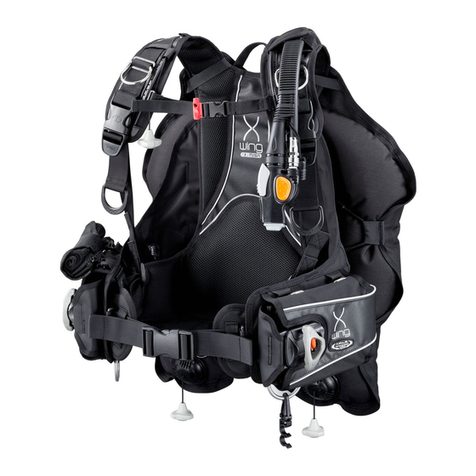Operating Manual Aladin®Pro Nitrox
You must carefully read this entire manual before using your Aladin®Pro Nitrox.
TheAladin®Pro Nitroxisadecompression tool to assist a trained and certified diver in making decisions
concerning dive planning and execution. As with any tool, the Aladin®Pro Nitrox may be misused if
the following safety and operational precautions are not strictly followed. If they are followed, careful
useoftheAladin®Pro Nitroxcanincrease your diving enjoyment andreduceyourriskofdecompression
sickness. If they are not, you will be placing yourself at serious risk for decompression sickness.
WhiletheAladin®ProNitroxisatechnicallyadvancedtoolbasedonbiophysicalmodelsofdecompression
sickness and oxygen toxicity, neither it nor any other diving computer (or table) can actually monitor
the physiological changes that occur in your body as you dive. In addition, each diver will vary in his or
hersusceptibility to decompressionsickness.Notonlythat, but each individualdiver‘sownsusceptibility
mayvaryfromday today.Combinedwith the fact that decompressionmodelling is an inexact science,
and of necessity must be based at least partly on certain unproven assumptions, it is incumbent upon
you, the individual diver, to dive responsibly and to carefully follow all standard safe diving practices as
well as the admonitions contained in this manual.
Safety considerations
WARNING
Diving has many inherent risks. Even if you follow the instructions of
this manual in a careful fashion, it is still possible that you may be
seriously injured or die from decompression sickness, oxygen toxicity or
some other inherent risk of scuba nitrox. Unless you are fully aware of
these risks and are willing to personally accept and assume
responsibility for those risks, do not use the Aladin®Pro Nitrox!
B


